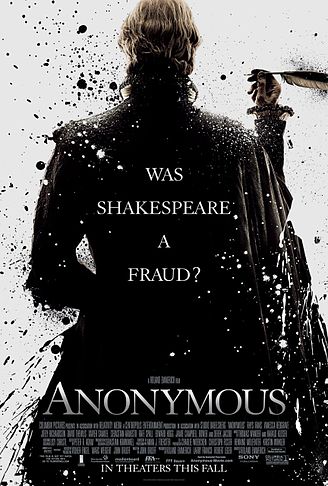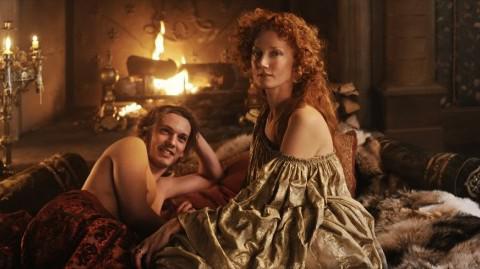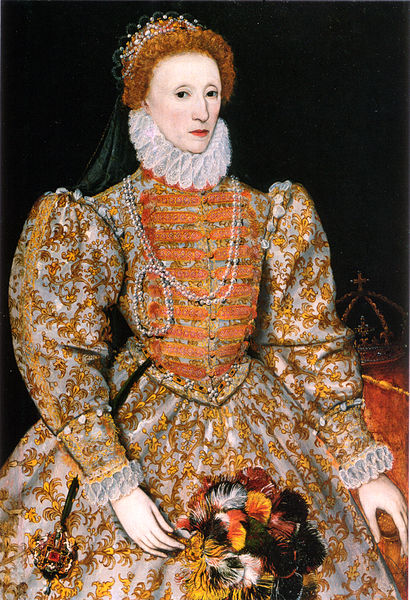Dr Edel Semple’s research seminar entitled “The Writer, The Queen, and The Director: Shakespeare, Elizabeth I and Emmerich’s Anonymous.” examined Emmerich’s appropriation of the world’s most famous playwright and female monarch.

Dr Semple’s thorough analysis of Emmerich’s appropriation of Elizabeth I inspired this blog post because it provided a fascinating contrast to Edmund Spenser’s depiction of Elizabeth in his epic The Faerie Queene. In his film Anonymous Emmerich provides a highly eroticised biography of Elizabeth I and reduces England’s most formidable monarch to a sexual object. Emmerich’s treatment of Elizabeth’s sexuality aligns her with the monstrous as he depicts her engaging in immoral incestuous relationships with her children, Oxford, Southampton and Essex.

Diametrically opposed to Emmerich’s depiction is Edmund Spenser’s description of Elizabeth I in Book Two. Spenser represents Queen Elizabeth through the female character Belphoebe. Spenser’s physical description of Belphoebe in Canto three verses 26 and 27 deliberately avoids any sexual connotations by jumping from describing the top of her skirt to her legs, consciously avoiding the area of her body associated with desire and reproduction:
“Like twinckling starres, and all the skirt about
Was hemd with golden fringe
Below her ham her weed did somewhat traine,
And her straight legs most bravely were embayld”.
(26-27. 8-9.1-2)
Spenser’s decision to avoid describing Belphoebe intimately results in a figure of frozen sexuality with no possible genealogy and enforces Elizabeth’s unobtainable stance and her lack of genealogy. The formulaic structure of the poem sustains this perspective as the end line in verse 26 is only a half line, the only half line in the entirety of The Faerie Queene, and suggests that Spenser was consciously alluding to Elizabeth’s lack of a continuation.

It is clear from the above that Elizabeth’s sexuality or lack thereof was the focus of both Emmerich’s modern and Spenser’s contemporary representations. Dr Semple’s research seminar was not only engaging but an enlightening experience that offered an opportunity to ponder over these intriguing contrasting perspectives.
Works Cited
Spenser, Edmund. The Faerie Queene. Ed. A. C. Hamilton. London: Longman Group Ltd., 1995. Print.
Images Cited
Periscope. “Anonymous Movie Photo 12”. 26 Oct. 2011. Photograph. “Emmerich’s Anonymous: Earl of Oxford was the Real Shakespeare”. Paper Blog. Web. 08 Oct. 2011.
“Queen Elizabeth I”. c.1575. Portrait. “Elizabeth I of England”. Wikimedia Commons. Web. 08. Apr. 2014.
![]() This work is licensed under a Creative Commons Attribution-NonCommercial-ShareAlike 4.0 International License.
This work is licensed under a Creative Commons Attribution-NonCommercial-ShareAlike 4.0 International License.

No Comments